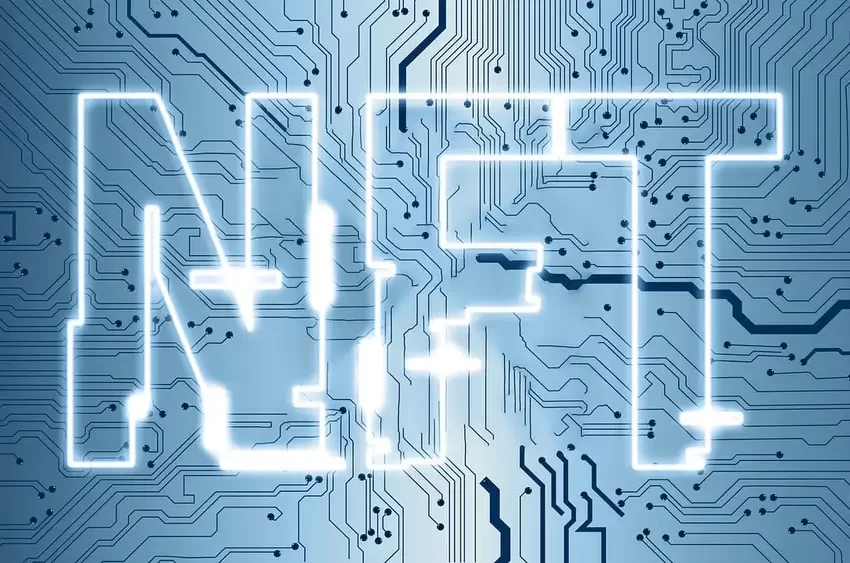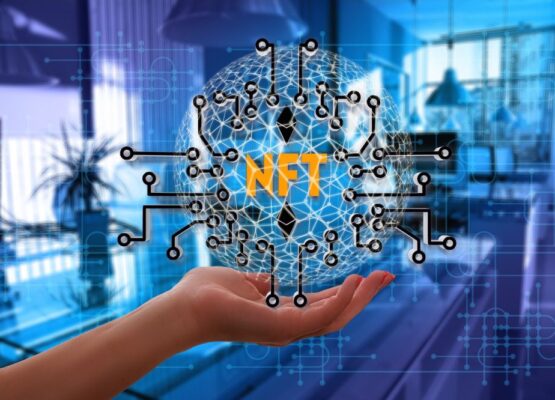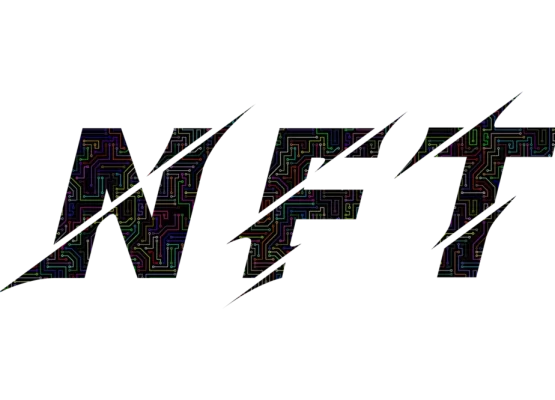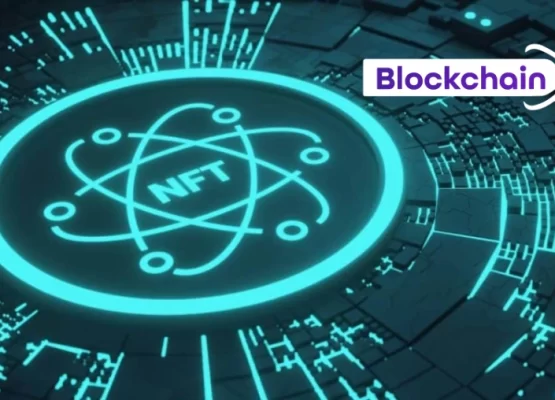The emergence of NFTs, or non-fungible tokens, has caused a stir in the world of blockchain technology and digital assets. NFTs are a type of cryptocurrency that represent ownership of unique digital assets, such as artwork, music, and even tweets. In this article, we’ll explore how NFTs are changing the way that we think about digital ownership and monetization.
What are NFTs?
NFTs are digital tokens that are stored on a blockchain, which is a decentralized digital ledger that records transactions. Each NFT is unique and represents ownership of a specific digital asset. This is in contrast to traditional cryptocurrencies like Bitcoin, which are fungible and can be exchanged for other identical units.
One of the key benefits of NFTs is that they provide a way to establish provenance and ownership of digital assets. In the past, it has been difficult to prove ownership of digital assets, which has made it challenging to monetize them. NFTs provide a solution to this problem by creating a system of verifiable ownership that is transparent and secure.
How do NFTs work?
NFTs are created using smart contracts, which are self-executing contracts with the terms of the agreement between buyer and seller being directly written into lines of code. When an NFT is created, it is assigned a unique identifier that is recorded on the blockchain. This identifier can be used to prove ownership of the digital asset represented by the NFT.
NFTs can be bought and sold just like other cryptocurrencies, with transactions taking place on a variety of online marketplaces. When an NFT is sold, the transaction is recorded on the blockchain, creating a permanent record of the sale and transfer of ownership.
Applications of NFTs
One of the most exciting applications of NFTs is in the world of digital art. NFTs have opened up new opportunities for artists to monetize their work and for collectors to invest in unique digital assets. By minting their artwork as NFTs, artists can sell their work directly to collectors, who can then prove ownership and resell the work on the secondary market.
In addition to digital art, NFTs are being used in a variety of other applications. For example, musicians can mint their music as NFTs, allowing fans to own a unique digital copy of their favorite songs. Social media platforms like Twitter are also exploring the use of NFTs, allowing users to own a unique copy of their tweets.
Benefits and challenges of NFTs
One of the key benefits of NFTs is that they provide a way for artists and creators to monetize their work in a way that was not previously possible. This has the potential to democratize the creative industry, allowing more artists to make a living from their work.
NFTs also provide a level of transparency and authenticity that is often lacking in traditional markets. By recording transactions on the blockchain, NFTs create a verifiable record of ownership and transfer of digital assets.
However, there are also challenges associated with the use of NFTs. One of the most significant is the environmental impact of minting and trading NFTs. The process of creating and storing NFTs on a blockchain requires a significant amount of energy, which can contribute to carbon emissions. It will be important to find ways to minimize the environmental impact of NFTs as their use continues to grow.
Another challenge is the potential for fraud and scams in the NFT market. With so much money flowing into the market, there is a risk of fraudsters taking advantage of unsuspecting buyers. It will be important for marketplaces and platforms to establish best practices and security measures to prevent fraud and protect buyers and sellers.
Future of NFTs
The use of NFTs is still in its early stages, but it has already shown significant potential to revolutionize the ownership and monetization of digital assets. As more artists and creators begin to embrace NFTs, we can expect to see new and innovative applications emerge.
One potential application is in the world of gaming. NFTs could be used to represent in-game items, allowing players to own and trade unique digital assets within the game. This could create new opportunities for gamers to monetize their skills and assets.
Another potential application is in the world of virtual and augmented reality. NFTs could be used to represent virtual real estate, allowing users to own and trade unique digital spaces. This could create new opportunities for virtual experiences and social interactions.
Conclusion
The emergence of NFTs is an exciting development in the world of blockchain technology and digital assets. By providing a way to establish ownership and monetize unique digital assets, NFTs have the potential to transform the creative industry and beyond. While there are challenges to overcome, such as environmental impact and fraud prevention, the future of NFTs looks bright. We can expect to see new and innovative applications emerge as the use of NFTs continues to grow.




